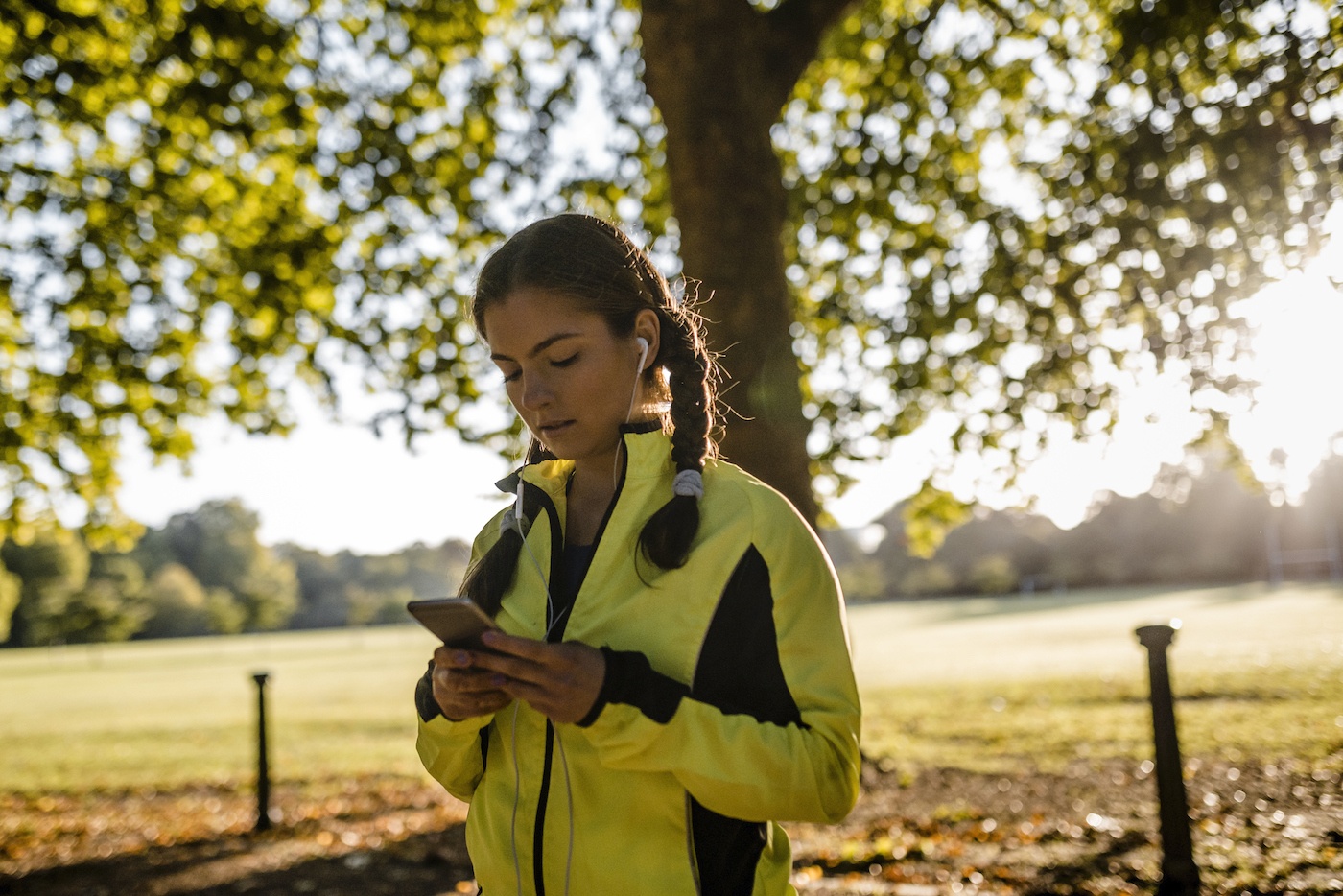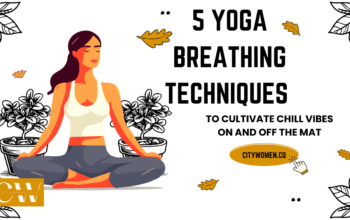
September 18, 2019 at 04:00PM by CWC
I may not be a morning person, but I do manage to sporadically conquer before-work workouts (which is saying something). However, sometimes the only way I manage is by rolling out of bed, sprinting to the studio, and going from zero to 100 (“real quick,” to quote Drake). I’ll be honest, I’m not at my best when I don’t give my body time to adjust from being asleep. It led me to wonder just how safe it is to do a really intense workout shortly after waking up, and whether different a.m. workouts might be better on the body than others.
“Generally, the important thing is that your body needs some sort of activation—a warm-up period, so to speak, so that it gets ready for a workout after waking up,” says David Geier, DO, orthopedic surgeon and sports medicine specialist. “When you actually randomize people doing different workouts at different times, it turns out that the time of day doesn’t have much influence.”
Whether you’re doing Pilates, yoga, or HIIT, though, it’s going to likely be pretty tough if you’re just starting cold. “Whatever you’re doing, take 15, 20, or even 30 minutes to get going, have a bottle of water, stretch out, and move around,” says Dr. Geier, noting that this is much easier to handle than waking up and going to exercise five minutes later (oops).
According to Paul DiLauro, MS, exercise physiologist and fitness director of Peak Performance Fitness, different workouts use different muscle fibers and energy systems, which will take different tolls on your body. “A HIIT class is more anaerobic and uses a lot of fast-twitch muscle fibers, so you can experience nausea depending on your genetic makeup,” he explains. “Your body produces so much lactate that you can’t buffer it, and nausea is a byproduct of anaerobic metabolism. What happens is you’re using the short-term energy cycles because you’re going into quick spurts of exercise with little relief, so doing that repeatedly in a HIIT workout is taxing on the body.”
It’s different when you’re doing a more sustained activity, though. “Running is different metabolically,” says DiLauro. “It takes your body three to five minutes, sometimes longer, to realize it’s going to be doing an aerobic activity before it kicks on the aerobic metabolism, as opposed to a boot camp where you have to change energy systems.”
ADVERTISEMENT
ADVERTISEMENTKate Spade Autumn/Winter Sale |
Despite the fact that different workouts recruit different systems of energy and metabolism, DiLauro says that the time you do them is irrelevant—it’s just all about your body temperature and nervous system being primed for movement. “You want to do more of a dynamic warmup just to signal to your body and central nervous system that you’re going to move, rather than just running to class and boom, you’re right on a treadmill,” he says.
With something more low impact like yoga or Pilates, you’re basically getting your warmup in during the beginning of the workout—that’s just how they work. “You’re easing your body into the activity and you gradually warm up your body, elevating the core temperature and getting it ready for more intense poses and positions,” says DiLauro of yoga.
What you eat beforehand plays into how you feel during a morning workout, too. “It’s fine to work out on an empty stomach, but if you had something before, your body is sending blood to the stomach,” says DiLauro. “So then you’re asking it to be sent to your legs if you’re on a treadmill or doing burpees, which results in a kind of fight for blood volume in your body.” So it’s best to eat something light and give yourself time to digest before your sweat sesh.
Really, though, the moral of the story is that you shouldn’t force your body to go from zero to hard-hitting exercise without somewhat prepping it. DiLauro’s expert opinion? “You want to give yourself about 10 minutes of dynamic exercises and stretches so your body can get ready for that activity,” he says. “Because otherwise, you’re basically going from zero to 100 and your body will just say no.” He’s right.
To get ready more efficiently, try this 12-move dynamic stretching routine, or these expert-approved warmup exercises, and you’ll be good to go.
Author Rachel Lapidos | Well and Good
Selected by CWC
ADVERTISEMENT
ADVERTISEMENTUp to 30% off Gift Sets |






